Sustainable food production is a cornerstone of modern agriculture, emphasizing eco-friendly practices that balance productivity with environmental stewardship. By adopting sustainable systems, farmers and producers can reduce their reliance on harmful chemicals, conserve water resources, and minimize their carbon footprint. This approach not only ensures long-term agricultural viability but also contributes to food security and healthier ecosystems. In this article, we delve into the intricacies of sustainable food production, examining its various systems, real-world examples, and the compelling reasons behind its growing popularity. From innovative farming techniques to the challenges faced by those embracing sustainable practices, this exploration sheds light on why sustainable food production is more than just a trend—it’s a necessity for a brighter, greener future.
Key Takeaways
- Sustainable Production Minimizes Environmental Impact: By prioritizing eco-friendly practices, sustainable production reduces harm to ecosystems and enhances resource efficiency.
- Adopts Resource-Efficient Practices: Sustainable systems use resources wisely, minimizing waste and promoting long-term environmental stability.
- Promotes Circular Economies Through Recycling: Reducing waste and recycling contributes to a sustainable future and decreases reliance on depleting natural resources.
- Encourages Renewable Energy Use: Shifting to renewable energy sources lowers carbon emissions and supports sustainable industrial practices.
- Supports Biodiversity and Ecosystem Health: Sustainable production protects natural habitats and promotes the balance of species.
- Beef Production Has High Environmental Costs: The beef industry significantly impacts the environment, making it a less sustainable choice compared to alternatives.
- Contributes to Deforestation and Water Scarcity: Large-scale beef production often leads to habitat destruction and water resource strain.
- Plant-Based Alternatives Are More Sustainable: Choosing proteins like tofu or lentils reduces environmental impact and supports more sustainable practices.
- Requires Vast Land Resources: Extensive land use for beef production raises concerns about deforestation and habitat loss.
- High Methane Emissions: Beef production generates substantial methane, a potent greenhouse gas, underscoring its higher environmental cost.
Sustainable Food Production
Sustainable food production refers to practices and systems that aim to meet current food demands while preserving the environment and ensuring future food security. This approach integrates economic, social, and environmental considerations to create resilient and inclusive food systems.
Key Pillars of Sustainable Food Production
- Economic Sustainability : Focuses on cost-effective practices that ensure long-term profitability without depleting resources.
- Social Sustainability : Ensures fair access to nutritious food for all communities, addressing food insecurity and promoting equity.
- Environmental Sustainability : Minimizes ecological impact by conserving water, reducing waste, and preserving biodiversity.
Practices Promoting Sustainable Food Production
- Adopt Regenerative Agriculture : Techniques like crop rotation, cover cropping, and agroforestry restore soil health and reduce erosion.
- Use Organic Farming Methods : Avoid synthetic pesticides and fertilizers, promoting healthier crops and ecosystems.
- Implement Vertical Farming : Efficiently utilize space in urban areas with controlled environments and year-round production.
- Reduce Food Waste : Develop supply chain innovations to minimize losses at every stage of production and distribution.
- Support Local Farmers : Buy locally-grown products to reduce transportation emissions and strengthen community economies.
Benefits of Sustainable Food Production
- Enhances biodiversity and ecosystem services.
- Reduces greenhouse gas emissions associated with food production.
- Improves soil fertility and water retention capacity.
- Provides access to healthier, nutrient-dense foods.
By embracing sustainable practices, we can ensure that food systems adapt to changing conditions and support global populations for generations to come.
What is the Sustainable Way to Produce Food?
Sustainable food production focuses on practices that benefit both the environment and human health. Here are key principles and methods:
- Crop Rotation : Rotate crops to maintain soil health and reduce pesticide use. This method enhances biodiversity and prevents soil degradation.
- Organic Farming : Use natural fertilizers like compost and avoid synthetic pesticides. This approach reduces chemical runoff and promotes healthier crops.
- Vertical Farming : Utilize space-efficient structures like hydroponics or aeroponics to grow plants vertically. This conserves water and reduces transportation emissions.
- Agroforestry : Integrate trees with crops and livestock to create a self-sustaining ecosystem. This improves soil fertility and provides shade for plants.
- Local Food Systems : Support local farmers and eat seasonally to minimize transportation costs and reduce carbon footprint.
These practices ensure long-term food security while preserving ecosystems. By adopting sustainable methods, we can produce food in harmony with nature and promote healthier communities.
For more insights and tools to start your sustainable journey, visit Old Seed and explore their resources on heirloom gardening and sustainable agriculture.
Sustainable Foods: Examples and Categories
Sustainable foods are those produced in ways that minimize environmental impact, conserve resources, and promote biodiversity. They often rely on organic farming practices, local production, and reduced packaging.
Examples of Sustainable Foods
- Vegetables: Leafy greens like kale and spinach, sweet potatoes, carrots, and beets are excellent choices. These crops require minimal pesticides and fertilizers and have a lower carbon footprint compared to conventionally grown varieties.
- Proteins: Eggs from free-range chickens, grass-fed beef, and plant-based proteins like tofu and lentils are sustainable options. These proteins are often raised with better animal welfare standards and fewer environmental impacts.
- Grains: Quinoa, brown rice, and oats are sustainable grains that can be grown with less water and fewer synthetic chemicals. They also provide essential nutrients and fiber.
- Fruits: Apples, pears, and berries are among the most sustainable fruits due to their low input requirements and high nutritional value. They are often easier to grow organically as well.
- Dairy Products: Organic milk and cheese from pasture-raised cows are sustainable options. These products support farmers who use eco-friendly practices and reduce greenhouse gas emissions.
- Alternatives: Plant-based milks like almond, soy, and oat milk are sustainable choices. They reduce reliance on animal products and can be produced with renewable energy sources.
By choosing these sustainable foods, individuals can contribute to a healthier planet while enjoying nutritious and delicious meals. Many grocery stores and online platforms now offer these options, making it easier than ever to make an eco-friendly choice.
Learn more about sustainable eating habits and recipes .
Sustainable Production Example
Sustainable production refers to manufacturing processes that minimize environmental impact while maximizing resource efficiency. Here are some examples:
- Clothing made from organic cotton or bamboo fabric, which reduces water usage and chemical pollution.
- Furniture constructed from recycled or reclaimed wood, minimizing deforestation and waste.
- Electronics assembled with recycled materials and powered by energy-efficient components, lowering carbon footprint.
- Products utilizing renewable energy sources like solar panels or wind turbines in their production processes.
These examples highlight industries adopting eco-friendly practices to promote sustainability and reduce their environmental impact.
Sustainable Production
Sustainable production refers to the creation of goods and services through processes and systems that prioritize environmental stewardship, economic profitability, and social responsibility. It encompasses practices that conserve resources, reduce pollution, and promote health and well-being for all stakeholders involved.
Key Components of Sustainable Production
- Environmental Stewardship
- Non-Polluting Processes : Utilizes methods that minimize emissions and prevent contamination of air, water, and soil.
- Energy Efficiency : Optimizes energy use to reduce consumption and lower carbon footprints.
- Resource Conservation : Uses renewable resources and minimizes waste generation.
- Economic Viability
- Cost-Effectiveness : Implements practices that reduce costs over time through energy savings and material efficiency.
- Job Creation : Supports local economies by providing sustainable employment opportunities.
- Social Responsibility
- Health and Well-being : Ensures safe working conditions and products for employees, communities, and consumers.
- Community Benefits : Contributes positively to societal development and cultural preservation.
Applications Across Industries
- Agriculture : Practices like crop rotation, organic farming, and rainwater harvesting enhance sustainability.
- Manufacturing : Implementing closed-loop systems and recycling reduces waste and resource depletion.
- Construction : Using recycled materials and eco-friendly building techniques lowers environmental impact.
Broader Impact
Sustainable production plays a vital role in achieving global goals like climate action and biodiversity conservation. By adopting these practices, businesses contribute to a healthier planet and a more resilient economy.
Explore sustainable farming techniques or visit our manufacturing sustainability guide for detailed insights.
Why Beef is Considered the Least Sustainable Meat
Beef production has been identified as having one of the highest environmental impacts among meats, making it a less sustainable option compared to other protein sources. Here’s a breakdown of the key reasons:
- High Greenhouse Gas Emissions: Cattle are known to emit methane, a potent greenhouse gas, due to their digestion process. The global beef industry is responsible for approximately 14.5% of total methane emissions.
- Significant Land Use: Raising cattle for beef requires vast amounts of land, often leading to deforestation, particularly in sensitive ecosystems like the Amazon rainforest.
- Water Consumption: Beef production uses substantial amounts of water, contributing to water scarcity and pollution in affected regions.
- Feed Efficiency: Cows have a high metabolic rate, requiring large quantities of feed that is often produced using unsustainable practices, such as intensive farming and chemical fertilizers.
- Waste Management Issues: Manure from livestock can contaminate water sources and contribute to soil degradation if not properly managed.
- Carbon Footprint: The entire beef production cycle, from grazing to processing, has a larger carbon footprint compared to other meats and plant-based alternatives.
While other meats like pork and chicken may have lower environmental impacts, plant-based alternatives such as tofu, lentils, and almonds are even more sustainable options due to their lower resource consumption and reduced greenhouse gas emissions.
By choosing sustainable beef production practices, reducing waste, and considering alternative protein sources, individuals can make more eco-friendly decisions regarding their diet.

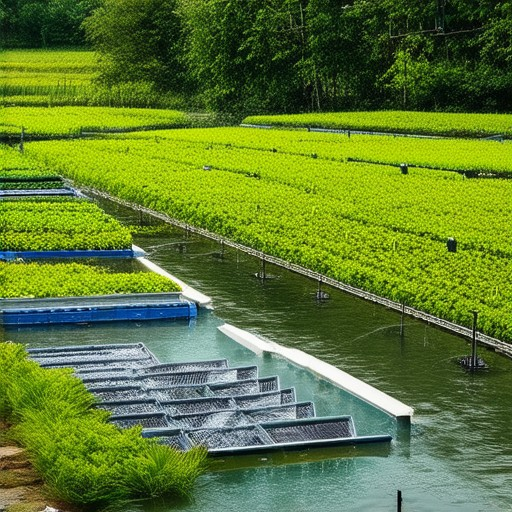


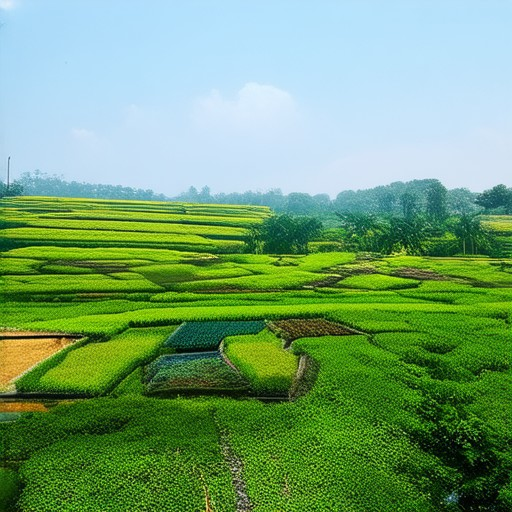
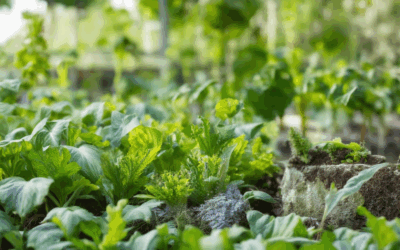
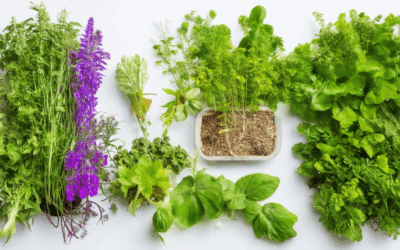
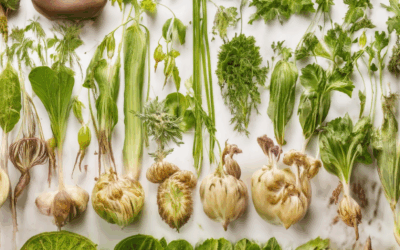
0 Comments